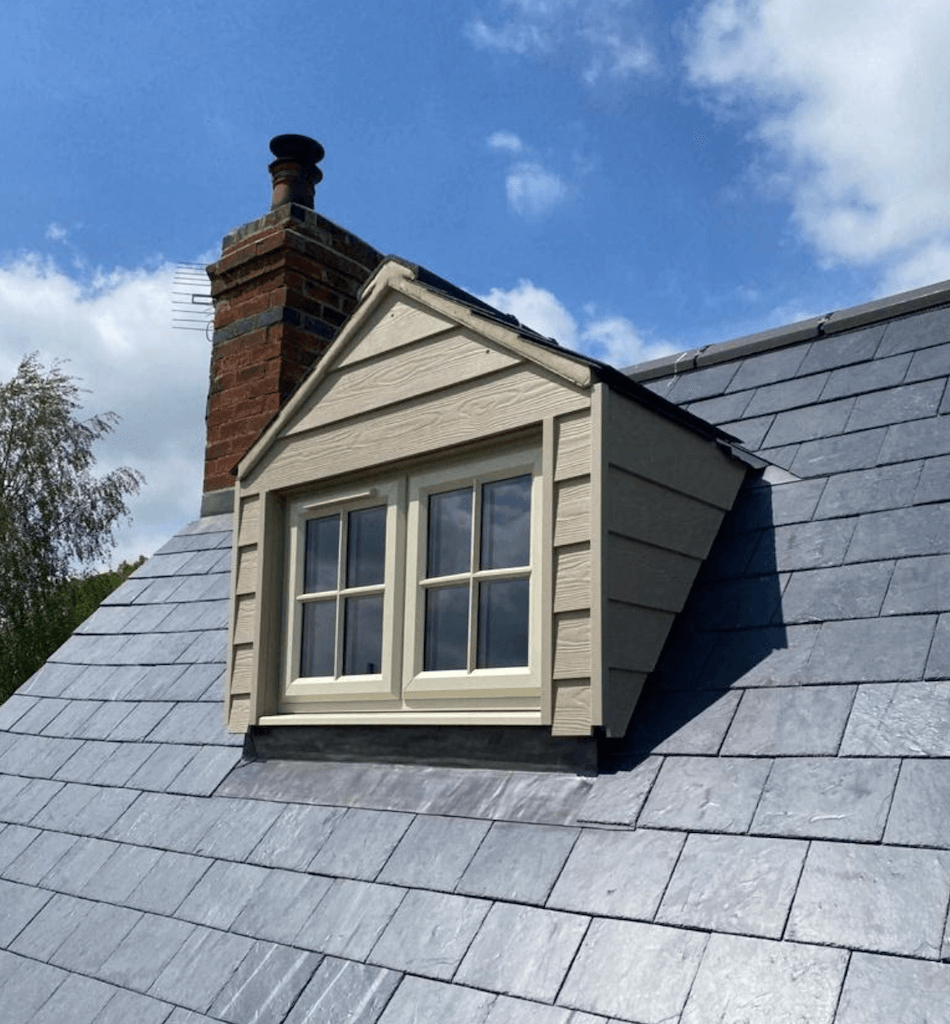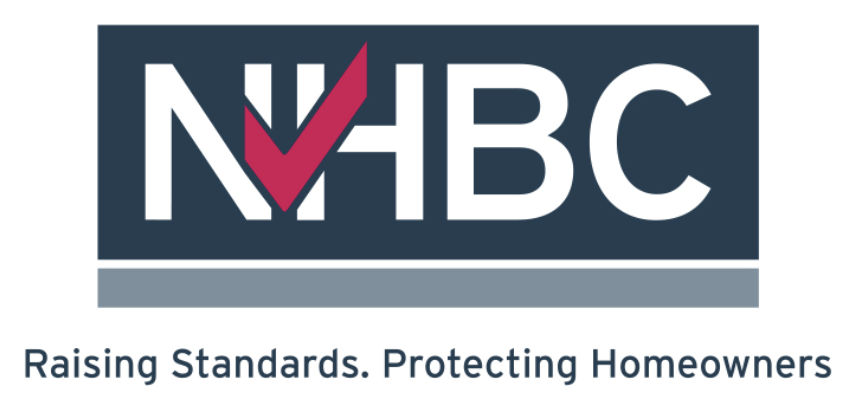A roof can be a major part of any home. Though it’s difficult to know when the time comes for a roof conversion if it’s something you need to do. If you’ve decided to convert your flat roof to a pitched roof, use this guide to understand what you can expect from your flat roof conversion.
You can also use this guide to understand what steps are involved in converting your flat roof. What you can expect from your materials, what you need to do to finish the project, how much it will cost, and when you can start to enjoy your new pitched roof.

Cost to convert a flat roof to a pitched roof
There are many factors that will affect the cost of your roof conversion, most notably the type of roof you currently have and what materials you wish to use. For example, if your home has a flat roof then this is likely to be cheaper than one that is pitched. However, using more durable materials may result in higher initial installation costs but they will last longer.
If you are looking for a more modern look, or looking to use the space underneath your roof for storing items or sometimes even as an indoor play area for children, the advantages of having the roof converted to a pitched one might outweigh the cost. The average conversion costs around £3,000 to £4,500, although this is based on the materials used during construction and if scaffolding will be used. A typical flat roof costs slightly less than a typical pitched one due to its size.
A tile roof is one of the most common types of roofing materials. Roof tiles are formed from clay, slate, terracotta or concrete and are available in a wide variety of colors and shapes. Roof tiles are used to make the waterproof surface of the roof. The most common materials used include concrete tiles which typically cost around £0.75 to £3 per tile, while clay tiles range from £1 to £5 per tile and slate tiles are normally priced at £1 to £12 per tile.
Labour costs
A major structural job that requires several roofers, who usually work at a cost of around £150 to £250 a day, and should usually take around 2 to 3 days depending on the size of the roof. Changing the pitch and type of roof is also likely to require planning permission and could involve more than just your small house extension.
If you don’t have your design drawings already made up, you need to factor in the cost of hiring a qualified architect or a structural engineer which would generally cost you around £50 to £90 per hour.
Additional costs
Once you know how much it will cost to replace your flat roof, you may want to consider other changes to your home, such as a loft conversion or dormer window. These can add value and character to your attic area. However, these will come with an additional cost and should be discussed with your contractor at the initial stages of the project.
In some cases, you may find that you need to add on a small roof extension to provide additional space for the top of your new bathroom. There are also likely to be extra costs for other works, such as the replacement of damaged parts of the original roof structure and supplementary ceiling work due to changes made to ceiling joists. If you have an existing chimney, you will probably need to have the chimney, heating system vents and pipes extended in order to fit both your existing structure and any new living space into your home.
Other costs you may need to consider include crane hire, which typically costs around £380 a day for a mobile crane. Choosing the most appropriate crane for your project will depend on its height and capacity.
Process of converting a flat roof to pitched roof
If you have a flat roof, you may want to convert it to a pitched roof for ease of cleaning and added insulation. However, the cost of doing this can be high. You should explore available options, such as constructing a shallow pitched roof over a flat roof, building a completely new floor and putting a pitched roof above it or installing a trussed roof. These options will significantly reduce or even eliminate the cost of converting your flat roof into a pitched one.
Should you decide to still go ahead with converting a flat roof to pitched roof, the following steps will need to be looked into:
- The first step involves removing or disposing of the old roof. This can present a considerable amount of work if your home features a flat roof, and it is this type of roof which we convert to a pitched one. This involves taking off all tiles and coverings and checking the structure before commencing with the installation.
- The construction of a pitched roof generally consists of thick wooden beams known as trusses being erected over the existing flat roofing. The joists are then adjusted to fit the spanned space with the pitching in place. Once this has been done, new framing can be built on top of the trusses with insulation and new roofing added in order to finish the job.
- Once the trusses are in place on top of the remaining structure, plywood is then hammered onto them to create a shape that’s better suited for protecting the roof against rain and wind.
- Finally, after using waterproofing and shingling products to ensure that no water will seep into the structure, the pitched roof should be complete.
Cost factors for converting to a pitched roof
Before you start the process of replacing your roof, you need to be absolutely certain this is what you want to do. Particularly in areas where rain is a possibility, it certainly isn’t an easy task when done correctly.
- Roofing repairs: Roofing materials are heavy and bulky, so can be difficult to transport when needed. This means that if there are damaged areas in your current roofing materials, they need to be repaired before new materials can be installed in its place. It’s not just the work required that will hinder progress, but also the cost.
- Type of roofing: depending on the type of roof you want to convert it to, the costs can vary. Ladder roofs are one option – these consist of three, six or nine triangular planes divided by beams called rafters. The simplest form of this is called a mono-pitch which can cost around £40 per square metre, which is a great choice for those on a low-budget. Alternatively, king post truss roofs cost around £1100 to £2250 just for the trusses. This is the most expensive option due to the amount of joist support they offer and are typically used for a larger roof.
- Complexity of the structure: The complexity of the construction is also something you will need to consider which can affect the cost. There are two fundamental choices when it comes to pitch roofs. One is to leave your existing flat roof as it is, the other is to fully remove your present flat roof and install a pitch roof instead. The former option will not involve much structural work so will be less complicated, but will still cost you money for the pitch roof.
- Materials used: Choosing the building materials for your pitched roof is an important decision that will have an impact on your wallet. In addition to base costs of materials, you also need to consider additional requirements such as the steepness of the pitch, and watertight sealants. This can vary from region to region so it is important for you to assess your situation carefully. For instance, spray foam insulation which costs around £20 to £50 per metre, while roof insulation panels typically cost around £25 per square metre.
- Height of the pitch: The higher the roof’s pitch, the more pressure it places on your walls and building’s structure. As such, the costs can vary accordingly to accommodate for the same. Therefore you might want to spend some time calculating the height of the roof’s pitch accurately. The easiest way to calculate the pitch is to measure the distance between the eaves (the point where the two walls of the house converge) and divide this number by the length of the house.
Is it possible to convert to a pitched roof?
You can opt for a simple, flat roof conversion which requires only the replacement of the flat roofing sheets and old roofing felt. The majority of properties without pitched roofs don’t require a new floor to accommodate a pitched roof replacement.
If your flat roof is simply worn out or has developed leaks, installing a replacement is an attractive alternative to costly repairs. Otherwise, choosing to build a pitched roof atop your existing flat one allows you to replace your older roof while adding value to your home.
In short, if your flat roof has any excessive damage, it may not be possible to convert it to a pitched roof. Instead, it may need to be repaired first or ripped out completely before constructing a brand new roof. This can be extremely costly, so before deciding you should consult an architect or structural engineer who will advise you on the best options for your roof.
Different types of pitched roof
In one of our previous articles, we discussed the pros and cons of a pitched roof and concluded that there are significant benefits of installing a pitched roof. It must be noted that the most popular way to convert a flat roof to a pitched roof is by installing a trussed roof. This typically costs around £980 to £3000, including both materials and labour. Generally, these roofs provide extensive durability and with little to no maintenance required, although they do not provide extra space.
A shallow pitched roof, sometimes known as a low pitch roof, is the most common of the three types of roofs. The steepness of the roof will affect the strength and appearance of your home. This type of roof has a slope that measures between three-quarters of an inch to one and a half inches for every foot of rise. Generally speaking, shallow pitched roofs comprise of three layers – insulation, support structure and outer shell. This last layer will likely need to be replaced every 20 years or so. For a shallow pitched roof, you should expect to pay around £25 per square metre.
Other options include hip roofs which feature downward slopes on each side and cost around £4500 for a semi-detached home and up to £5500 for a detached house.
Benefits on converting to a pitched roof
Pitched roofs offer a more traditional and aesthetically pleasing look, and while they may require more time and effort during installation, the end result will be worth it. It is a great way to add elegance and character to your home and increase the perceived value. It can be done to an existing structure, even one that has a flat roof.
A pitched roof is an excellent addition to any building, and provides a huge array of benefits. A pitched roof can add a great deal of architectural interest to your home, and will be a masterpiece in the eyes of your neighbors. Pitched roofs also provide a much better support structure with a steeper pitch in comparison to a flat roof, and this helps to insulate the house from heat when it gets very hot outside. In addition to this, when compared to a flat roof with no insulation, a pitched roof has been known to save up to 40% of heat energy in the colder months.
The pitched roof conversion will completely change your flat roof into a beautiful pitched roof. The raised area provides much needed space and has many advantages such as higher quality ventilation systems which will make insulating the loft much easier. Combined with an existing loft hatch it’s the ideal solution.
A pitched roof conversion will also open up a lot more space and a lot more headroom. There’s much easier access to the roof space as well. Additionally, it provides more insulation to an area properly, whereas with flat roofs people often do not insulate at all.
Finally, converting a flat roof to pitched roof can offer around a 63% return on investment, as it will increase the lifespan, durability and also enhance the aesthetic of your property, which will encourage buyers.
Planning permission to convert to a pitched roof
Most other changes can be carried out without planning permission. Every property is different and it is important the work adheres to building regulations. It is therefore advised that you contact your local council building control section before any work is carried out.
It usually costs around £210 for UK residents. For homeowners in Wales, you will be required to pay an application fee of £190.
How to Reduce Pitched Roof Costs
Replacing your flat roof with a pitched roof can mean many added expenses. However, you can decrease the price of your project if you plan the work in advance. These tips will help you address some of the most common concerns when working with a pitched roofing contractor.
You can also reduce the pitched roof conversion costs by recycling your old roof tiles and using high-quality ones, you can drastically reduce your cost. You should also avoid skimping on materials as it may end up costing you more in the future.
Cost of Removing a Pitched Roof
A pitched roof is the most common type of roof in the UK. However if your pitched roof has started to leak or you are starting to notice damage you may want to have it removed and replaced with a flat roof, for which you can expect to pay around £80 to £115 per square metre, although this will vary depending on the pitch of the roof, materials used and other factors.
Looking to change your flat roof to a pitched roof?
Having a flat roof converted to a pitched roof is a worthwhile investment for some homeowners. This roof specialist uses only skilled employees who do everything by hand to ensure that his customers are consistently satisfied with the job. With many years of experience, our roofers at LD Roofing Services will provide you with expert service for converting your existing flat roof into a fully functional pitched roof.
Our pitched and flat roofing contractors are ready to help. Contact us directly for a free quote and consultation today!





